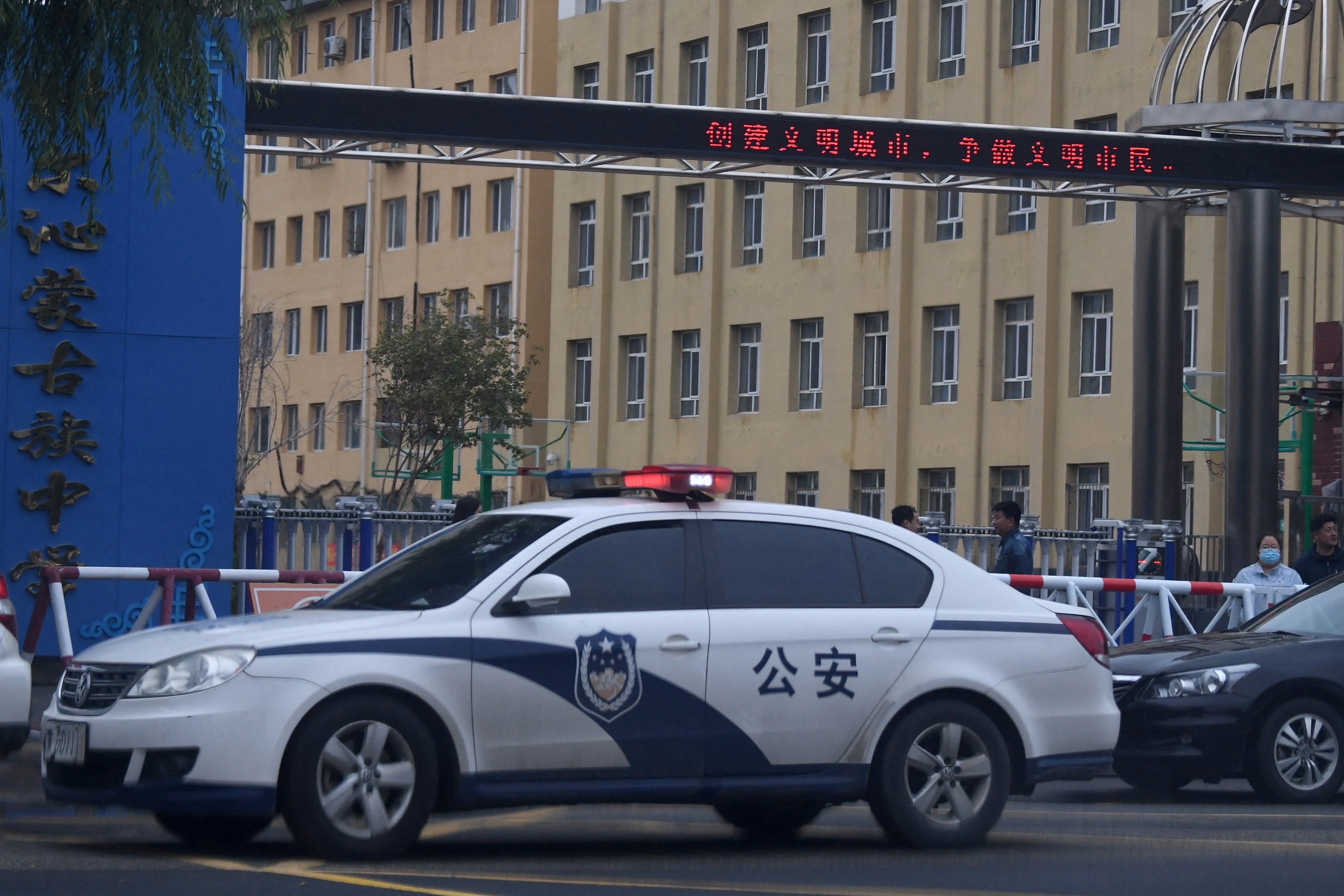
She was just 28, already a grandmother, and her eldest of five daughters had gotten pregnant at 14. She was determined to keep her other girls from making the same mistake, So this past November, in a village near the city of Bafoussam in Cameroon, she brought her 10-year-old and her 7-year-old inside to flatten their breasts. She took a stone the size of her palm, normally used to smash herbs, and, one at a time, pressed it into the sides of the girls' breasts and massaged it in circles for about 10 minutes as the other daughter looked on nervously. All the while, the woman's twin toddlers were running around the room, tugging at her dress. She wasn't punishing her daughters; she was trying to protect them.
Egyptian photographer Heba Khamis recently spent a month in Cameroon. Based in the capital city of Yaoundé, she traveled to villages and other cities to speak to girls and women about breast ironing, which is a futile attempt to prevent young breasts from growing. The practice takes different forms—some tie a belt to bind the breasts, while others heat a grinding stone, a spatula or a wooden pestle in a fire and then use it to press, pound or massage them—but the goal is the same. The victim is usually between 8 and 12 years old, and she is considered too young to have breasts and too vulnerable to boys and men around her to appear physically mature. Rebecca Tapscott, a post-doctoral researcher at the Graduate Institute in Geneva's Albert Hirschman Centre on Democracy who has researched what she prefers to call breast flattening, says Cameroonian women describe it as "sending the breast back from where it's coming." Though no medical studies have looked at the short- or long-term effects of breast ironing, physicians told Tapscott that the practice could cause infections, benign lumps and other problems. But, in what is perhaps the most tragic twist, it will not stop breasts from developing.
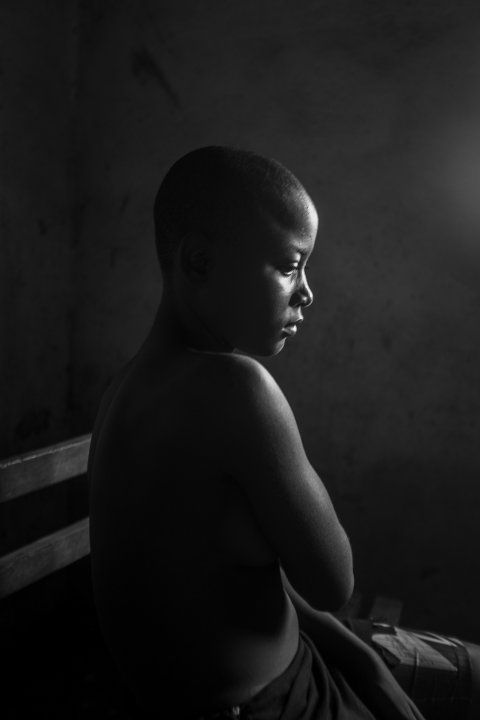
Nearly a quarter of the women in Cameroon, a Central African nation of 23 million, have endured some form of breast ironing. Counterintuitive though it may seem, the women performing this painful procedure on young girls are trying to protect them. Girls in Cameroon are reaching puberty earlier and marrying later—and many mothers want to make sure their daughters don't get pregnant and miss out on opportunities to go to school and get jobs. Their hope is that breast flattening will help delay the appearance of these visible markers of maturity—and prevent men from making sexual advances or raping the girls. In Cameroon, a premarital pregnancy can derail a girl's economic and marriage prospects forever. One education official told Tapscott that 65 percent of female school dropouts left because of early pregnancy. Most never return, and the stigma associated with having a child out of wedlock means most men would never consider marrying these girls. Breast ironing, many believe, can help protect girls in a society where sex education at home and school is lacking, where contraceptives are unpopular and abortion is illegal.
"When you look from outside, you feel like it is criminal. How could they do that to their daughters?" says Khamis. But it's more complicated than a Western observer might immediately see. "It was just like a mother who's trying to show love, to protect her daughter. I can see love, but also how it's hurting."
Breast ironing was first described to the international community just over a decade ago, but its origins are still not well understood. In 2005, the German development agency GIZ and the National Network of Aunties (RENATA), a Cameroon-based nongovernmental organization, interviewed more than 5,000 girls and women, ages 10 to 82, and found that roughly 25 percent had been subjected to some form of breast ironing—with the rate as high as 53 percent in some regions. The study also found a girl's mother is most likely to perform the practice, though sometimes it's done by another female relative or the girl herself.
Breast ironing or similar procedures are also conducted in Benin, Chad, Togo and several other West and Central African countries, and British politician Jake Berry has called it a "hidden…crime against women" among the Cameroonian diaspora in cities such as London and Birmingham.
Since the 2005 report, there have been several campaigns to raise awareness and halt the practice, including by the same development agency's German-Cameroonian Health Sector Program, which organized campaigns against incest, rape and breast ironing. Its partner on the report, RENATA, launched its first efforts in 2006 and Cameroonian journalist Chi Yvonne Leina founded the organization Gender Danger in 2012 to eradicate breast ironing. Khamis believes those efforts are having a positive effect.
While persuading women to stop the practice is important, addressing the issue with girls and women isn't enough. Breast ironing won't fix the deeper gender inequities that motivate mothers to hurt their daughters, even if they do so out of love. "Men should just respect women more," Khamis says, "[but] to change the whole culture is really hard."


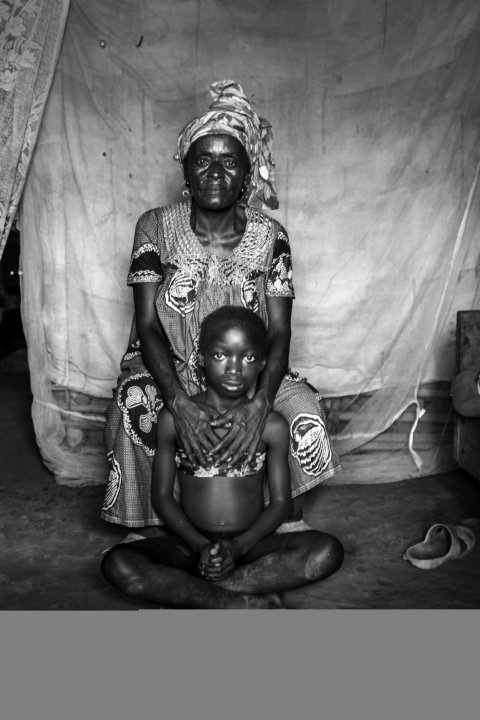
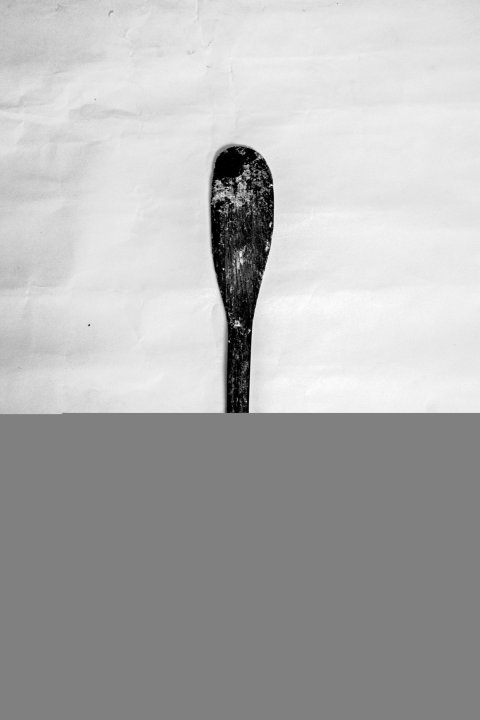

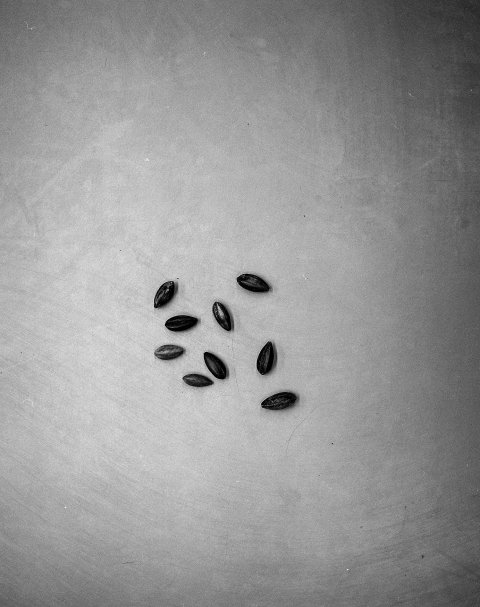

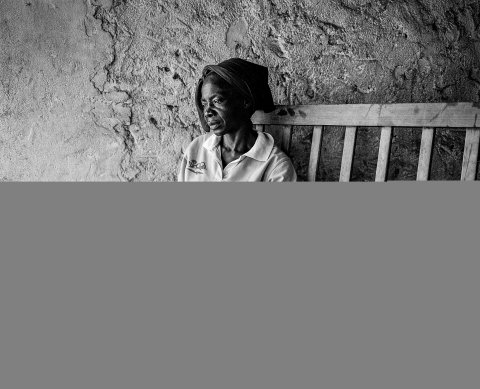
This article has been updated to reflect that Rebecca Tapscott has already earned her Ph.D. at the Fletcher School at Tufts University and that her current affiliation is at the Albert Hirschman Centre on Democracy.
About the writer
Stav is a general assignment staff writer for Newsweek. She received the Newswomen's Club of New York's 2016 Martha Coman Front ... Read more












